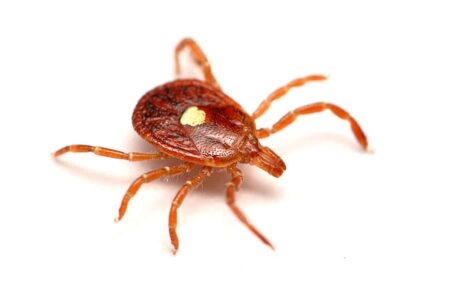



European Dairy Giants Progressing in Africa
AFRICA - Europe’s dairy processing sector is looking to Africa for the latest investment opportunities in what is a continent with massive dairy potential.Danish processor Arla joined FrieslandCampina (FC) and Danone this week by confirming a bid for Egyptian dairy company Arab Dairy.
This follows FC’s recent Ivory Coast acquisition of Olam International Limited’s dairy segment and two investments from Danone.
Danone’s foray into Africa has yielded a 49 per cent share of Ghanahan processor Fan Milk International and 40 per cent of Brookside, a Kenyan company with a ‘robust’ supply chain taking in Uganda and Tanzania.
Citing its ‘strong position’ in retail and food service segments, Arla said the 43,000 tonne processor fits Arla's market focus.
Previously, Arla developed a partnership with Ivorian logistics company Mata Holdings to facilitate distribution within Africa.
According to a recent market intelligence publication, Africa’s per capita dairy consumption is the world’s lowest.
This is according to Business Monitor International, a global analysis company part of the Fitch Group, which added: “We believe dairy companies will continue to pursue acquisitions in Africa, where we see strong dairy consumption growth potential.”
And while developments at the processor/retailer end of the sector continue, efforts to increase local production are beginning to take effect.
Under the slogan ‘a cow can change everything’, the East Africa Dairy Development programme is boosting milk yields and income of small scale farmers, lifting communities out of poverty.
Director Elizabeth Bintliff confirms the need for milk.
“Milk is in high demand in East Africa and projections for Uganda see demand outstripping supply in recent years,” said Mrs Bintliff.
Through improving herd genetics and lifting farm output, the programme then aims to get farmers in touch with processors or develop better refrigeration plants.
They wish to improve the role of women in dairy and create more cohesion along the supply chain, added Mrs Bintliff.
This bottom-up approach has reached over 200,000 farmers in Uganda, Rwanda and Kenya with the subsequent economic benefits leading to better healthcare and education.
This is additional to more expendable income and dietary improvements.
However, for some herders in Burkina Faso, the idea of farming is novel, German dairy farmers learned in May when African dairy representatives educated them on nomadic systems.
They heard that through basic improvements in feeding, yields can rocket from 1.5 litres a day to six or even ten litres.
This is only true when feed can be grown, difficult for the nomadic Peul tribe which makes up 10 per cent of the population.
Michael Priestley
News Team - Editor
Mainly production and market stories on ruminants sector. Works closely with sustainability consultants at FAI Farms



